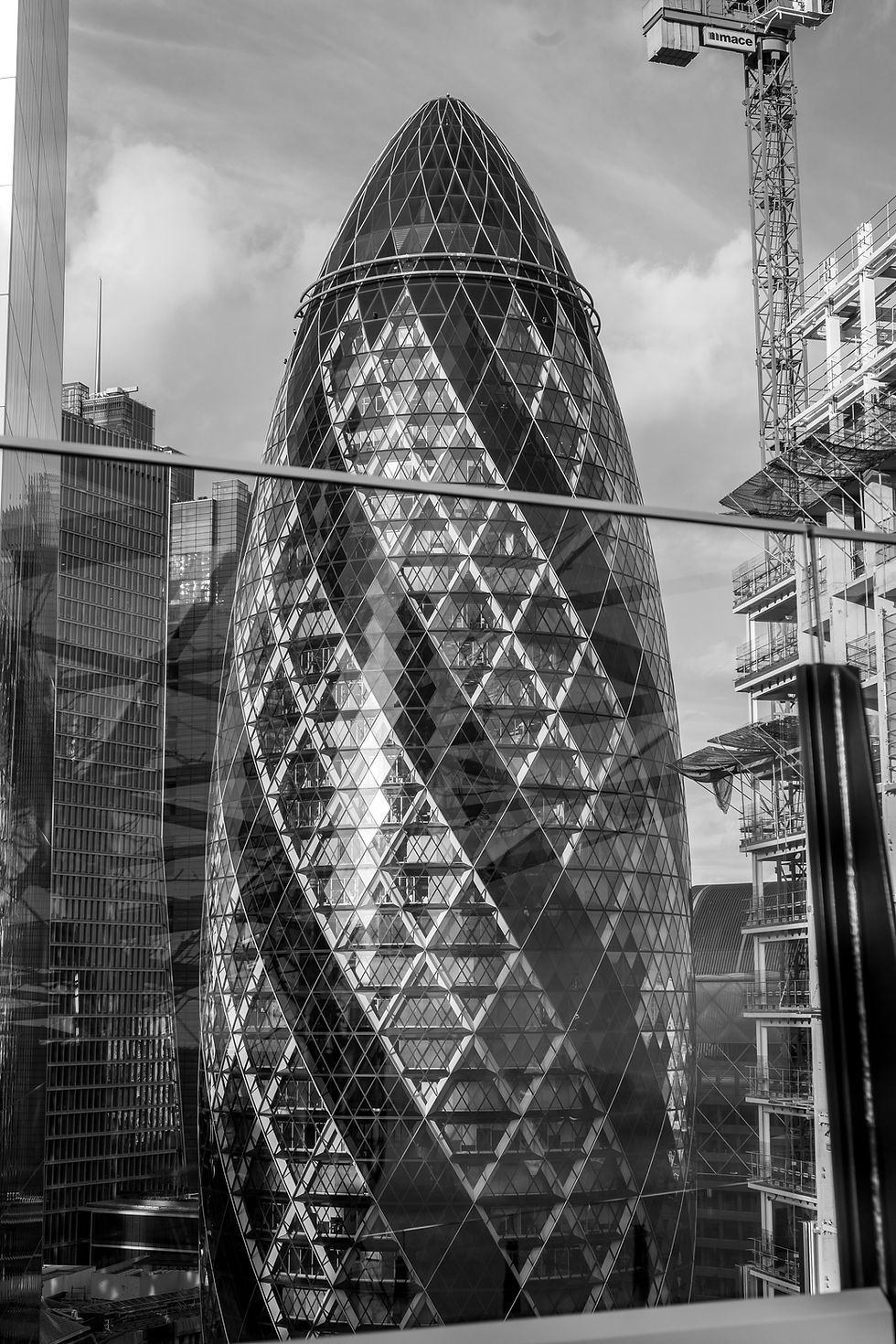The Revolutionary Impact of Zaha Hadid in Modern Architecture
- Alex Axelrod
- Jun 11
- 3 min read
Updated: Sep 15
Zaha Hadid was a revolutionary architect. Her daring designs altered the course of modern architecture. With futuristic and fluid structures, she broke away from traditional forms. This made her one of the most recognizable names in the field. Hadid’s life and works tell a powerful story of creativity, determination, and bold vision. This story continues to inspire architects around the world today.
Early Life and Education
Born in Baghdad, Iraq, in 1950, Hadid's journey began at the American University of Beirut. Here, she developed a strong foundation in math and architecture. Her move to London led her to the Architectural Association School of Architecture, where she earned her diploma. In 2004, Hadid made history as the first woman to receive the prestigious Pritzker Prize. This major recognition established her as a leading architect of her generation.
Early Influences and Career Development
Hadid's path in architecture was fraught with challenges. Early on, her avant-garde ideas often faced skepticism from critics. Yet, her unwavering passion fueled her ambition. Early in her career, she worked alongside renowned architect Rem Koolhaas at the Office for Metropolitan Architecture. This experience helped her refine her groundbreaking style, notable for its free-flowing forms and deep connection to the environments they inhabited.
In 1980, Hadid founded Zaha Hadid Architects. Her initial projects were mostly conceptual, pushing the limits of how forms and spaces could interact. For instance, her design for the Vitra Fire Station (1993) was visionary for its time. Although many early projects remained unbuilt for years, they set the stage for her later successes.
Breakthrough Projects
One of Hadid's landmark projects is the Vitra Fire Station in Germany, completed in 1993. This design features sharp, angular shapes that stand in stark contrast to the surrounding landscape. It showcases her bold approach. The project marked a turning point in her career, moving her from theory to constructed space. It is regarded as one of the first examples of her unique architectural language.

Hadid also gained recognition through her proposal for an unbuilt Guggenheim Museum in Rome. While this project was never realized, it captured her innovative vision. It was a seamless blend of fluidity and dynamism, illustrating the potential for architecture to create engaging visual experiences.
Iconic Structures
Zaha Hadid’s architectural achievements include many structures celebrated worldwide. A shining example is the MAXXI Museum in Rome, completed in 2010. This museum illustrates a perfect fusion of art and architecture. With its flowing forms, the MAXXI invites interaction and community engagement. It redefines visitors' experiences of both art and space.

Another striking example is the Guangzhou Opera House in China, completed in 2010. This design mimics the natural shapes of rocks and water. It seamlessly integrates with its surroundings. The opera house stands as a testament to Hadid’s ability to create functional yet visually moving spaces.
Lasting Influence and Recognition
Zaha Hadid's influence reaches far beyond her stunning structures. She was a trailblazer. She inspired countless individuals to challenge conventional norms in architecture. Over her career, she received numerous accolades. This includes the Royal Institute of British Architects Stirling Prize, which she won twice. These recognitions underscore her extraordinary vision and the lasting impact she made on the architecture landscape.
Even after her passing in 2016, Hadid's influence continues to thrive. Her firm, Zaha Hadid Architects, relentlessly expands the boundaries of design and innovation. They uphold her core principles of fluidity and connectivity. This ensures her legacy remains vibrant and relevant in today's architectural discourse.
Reflections on Her Impact
Zaha Hadid’s journey exemplifies the power of creativity and resilience. Her architectural narrative reshaped norms and introduced new possibilities in design. The remarkable buildings she left behind are not just feats of engineering. They are environments that invite reflection on how we interact with the spaces around us.
For aspiring architects and designers, Hadid stands as a powerful example of chasing your dreams despite challenges. She reminds us of the importance of creativity, individuality, and thinking beyond established boundaries.
In celebrating Zaha Hadid, we embrace not only her incredible legacy but also the creative spirit that continues to inspire architects and designers around the globe.
Conclusion
Zaha Hadid's work is a testament to the transformative power of architecture. Her innovative designs challenge our perceptions and invite us to rethink our built environment. As we look to the future, her legacy will continue to inspire generations of architects. The world of architecture is richer for her contributions, and her vision will live on in every bold structure that defies convention.
By embracing her spirit of innovation, we can all contribute to a future where architecture is not just functional, but also a source of inspiration and beauty.


































Comments